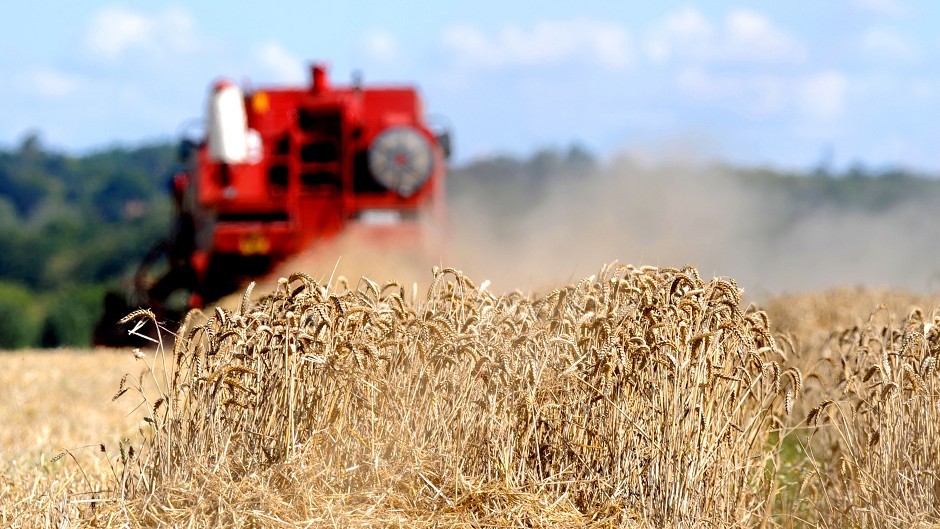Scottish growers have opted to grow more wheat and less barley this year, according to figures from AHDB Cereals and Oilseeds.
Results from the levy body’s annual planting and variety survey show a 6% drop in barley acreage in Scotland, against a slight increase of 7,143 acres in the area of wheat grown.
The change in cropping is thought to be a result of the three-crop rule under the new Common Agricultural Policy.
According to AHDB Cereals and Oilseeds, the Scottish spring barley acreage of 637,531 acres is the lowest level since 2010.
The area of oilseed rape is 1% higher at 91,428 acres, while the area of oats grown is down by nearly 5,000 acres to the lowest level seen since 2011.
On a Britain-wide basis, the total acreage for cereals and oilseeds harvest is estimated to be down 2% on last year to around 9.19million acres.
The wheat area is down 3% to 4.62million acres, while the total area of oilseed rape is down 7% to 1.54million acres.
This is against a 3% increase in barley area to 2.69million acres – this includes a 4% increase in winter barley acreage – and a 1% increase on oats acreage to 338,534 acres.
AHDB market analyst Anna Lockwood said: “A lower area planted to oilseed rape and the major cereals this year reflects evolving cropping patterns throughout Great Britain.
“Changes are likely to be in response to developing economic and agronomic trends.”
